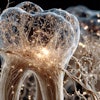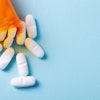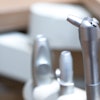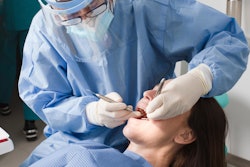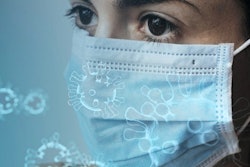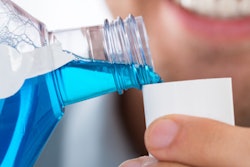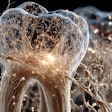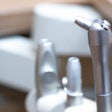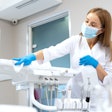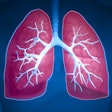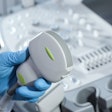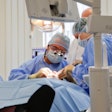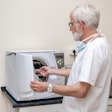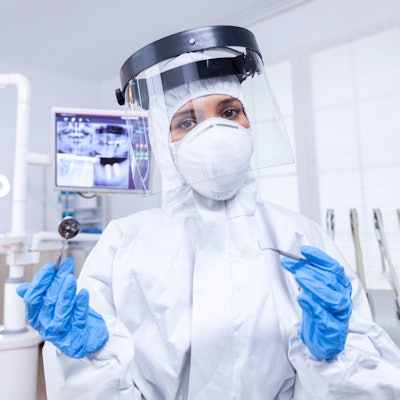
Are dental healthcare personnel (DHCP) properly using personal protective equipment (PPE)? Researchers used a fluorescent marker to illustrate pathogen transmission and assessed PPE donning and doffing practices among DHCP. The findings were published on September 26 in the Journal of the American Dental Association.
Dental healthcare professionals may have an increased risk of exposure to SARS-CoV-2, the virus that causes COVID-19, and other clinical pathogens. The use of PPE reduces occupational exposure to pathogens when it is properly used.
The dental professionals observed in the study frequently misused PPE when both putting on and removing the gear, according to the findings. The step with the highest frequency of protocol deviations was hand hygiene, with deviations observed in 66% of donning and 78% of doffing observations.
"There is a need for PPE education that targets DHCP specifically," wrote the study authors, led by Kimberly Reske, MPH, of Washington University.
A total of 70 dental professionals participated in the study, which included the use of disposable gowns, gloves, face masks, and eye protection. After participants donned PPE, a fluorescent marker was applied to the palms of their hands and abdomens to represent a potential pathogen. They then removed their PPE. The processes were recorded, areas of fluorescence were evaluated, and the protocol deviations were analyzed.
In addition to hand hygiene errors, deviations were also frequently observed in disposable gown use, with deviations occurring in 63% of donning and 60% of doffing observations. Many of the deviations in gown use were due to putting on or removing the gown in the wrong order. Other common deviations included not properly using the opening for the head, not tying the gown, not using the thumb loops, or putting the gown over the gloves.
However, the study's findings indicate that donning and doffing PPE out of order may not be as important for reducing the risk of self-contamination as the ability to wear PPE properly. While the order of donning and doffing PPE didn't impact self-contamination, other gown doffing deviations were significantly associated with the detection of fluorescence on participants' hands, arms, and scrubs.
Fluorescence was detected on 69% of dental healthcare personnel after doffing, most frequently on the hands. During doffing, many participants failed to remove and dispose of the gown without contaminating their hands, arms, or scrubs. High numbers of protocol deviations were strongly associated with an increased risk of fluorescence.
Knowing the proper protocols for getting into and out of PPE is crucial for optimal protection against clinical pathogens, the authors noted. However, the U.S. Centers for Disease Control and Prevention's PPE donning and doffing instructions do not include instructions for accommodating specialty equipment worn during oral healthcare, such as loupes or microscopes.
"Professional guidance, educational materials, and training interventions targeted specifically toward dentistry are needed and could have a substantial and positive impact on DHCP," wrote the study's authors.
Although the COVID-19 pandemic was the impetus behind the research, the authors reminded readers that PPE helps prevent more than SARS-CoV-2. PPE is an important tool that can help protect against exposure to pathogens and improve safety when used properly, they wrote.
"It is important to remember that improved infection prevention practices can prevent transmission of many other pathogens as well," Reske and colleagues wrote.

